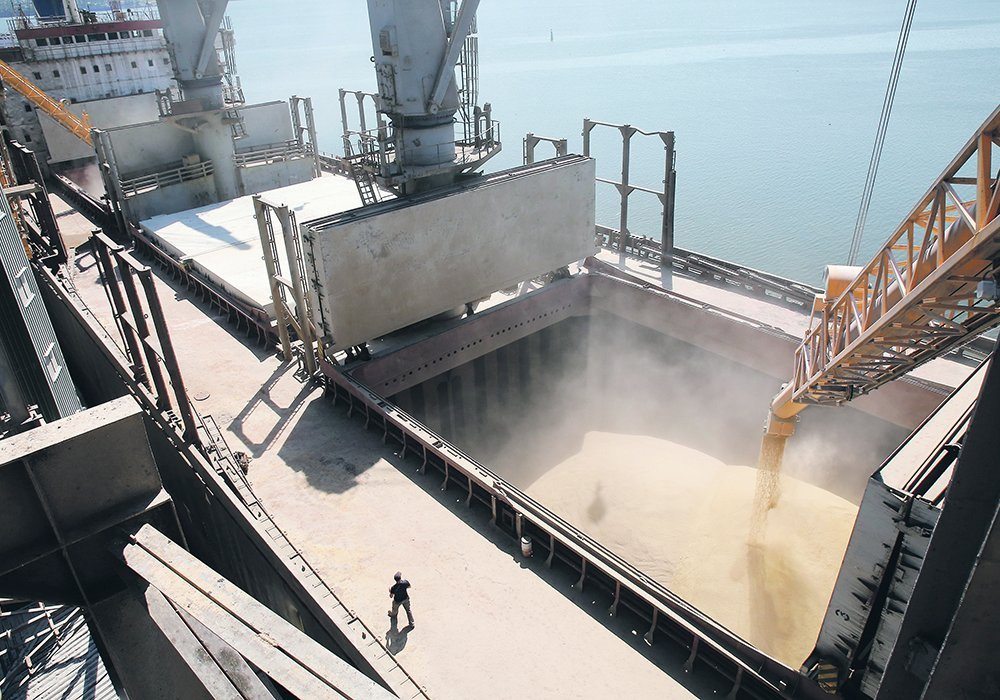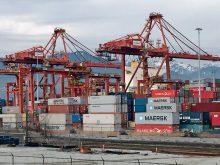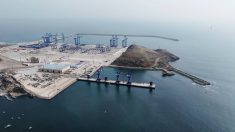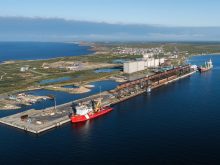Today the international trading environment, especially for agriculture, can appear to be hopeless.
- China has weaponized trade in its increasingly assertive geopolitical strategy.
- The European Union is trying to impose its restrictive and suffocating domestic policies across the planet.
- India hardly bothers to appear to care about its trading partners concerns.
- The United States appears to have turned its back on the multilateral trade culture that it had championed for decades.
But some of that is just, or partially, appearance rather than a concrete reality. And just because some players don’t now seem much interested in joining, returning to, or living within the rules-based order, that’s no reason to assume things can’t reverse, both quickly and dramatically.
Read Also

Crop estimates show mixed results
Model-based estimates used by Statistics Canada showed the 2025/26 crop year has seen increases in canola, corn for grain, oats and lentils production while seeing dips in spring wheat, durum wheat, soybeans and barley in comparison to 2024/25.
What would have happened in the mid-1980s, amidst a global culture of protectionism, export subsidies and widespread non-tariff barriers, if trade champions had decided it was the wrong time to try for a world trade deal?
“We would never have gotten the Uruguay round completed,” noted Mike Gifford, one-time chief agricultural trade negotiator for Canada, in a North American Agricultural Journalists panel discussion in early November.
A miracle happened during the torturous negotiations that led to a successful global trade deal, the one that led to the creation of the World Trade Organization, when the European Union and the United States agreed to drop many of their most harmful trade practices and embrace an era of liberalizing trade.
Gifford mentioned the Uruguay success as an antidote to the pessimism that is easy to feel today when looking at some of the world’s major markets, where trade gains of recent decades are either being reversed or have never been embraced.
The U.S. walked away from the Trans Pacific Partnership and has shown no interest in joining its successor, the CPTPP.
China says it wants to join the CPTPP, but has shown its willingness to be a bully in trade with member nations such as Canada and Australia, so nobody expects China to be allowed to join any time soon. The U.S. could force Canada and Mexico to veto China’s application anyway.
And India doesn’t even bother to get honestly involved in multilateral trading agreements and systems, other than to scotch them, which pretty much makes progress impossible. That Indian intransigence is a huge roadblock today.
“I couldn’t justify spending any time on WTO issues when we know India would block every single thing,” said Greg Doud, former U.S. chief agriculture negotiator in the Donald Trump administration.
“Until we can figure out a way to move past this problem, I continue to believe there’s no justification for spending time on multilateral trade.”
Doud was quick to note he wants to revive the WTO, but something needs to break the logjam before that’s possible.
Ted McKinney, the chief executive officer of the National Association of State Departments of Agriculture, said that’s why countries like the U.S. are pursuing secondary paths to improved trade, rather than focusing on a global trade deal.
“Until we can get WTO fixed, we’re going to be forced to do the bilateral, trilateral, multilateral (deals), but that does not mean… we walk away and let the WTO just blow up or fall apart.”
It’s hard to find a rational reason to believe that India will stop blocking WTO reform, or that China will stop using trade as a geopolitical weapon, or the E.U. will give up trying to impose its will on nations around the world through regulatory restrictions on access to its market.
But there are hints that some things could be shifting. In India, for example, the government has been attempting to reform its domestic markets to produce a more efficient agricultural industry, despite much public unrest. Perhaps that’s the start of something.
And while the U.S. might appear to have backed away from believing in multilateral deals, if one listens to its presidents and political leaders, that’s not really the attitude of its trade negotiators, who would prefer to see multilateral agreements and institutions being the foundation of global trade, Doud and McKinney said.
As well, there may be forces shifting beneath the surface of nations and regions that are hard to spot until they suddenly lead to something entirely unexpected.
That means trade negotiators can’t give up on talks, meetings and negotiations that could sometime lead towards progress on reviving and improving multilateral trade. It might seem like that’s waiting and praying for a miracle, but those miracles sometimes happen, but only if you believe they’re possible.
















